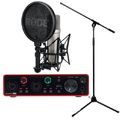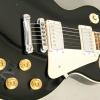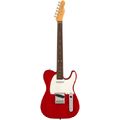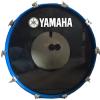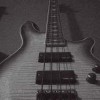This is certainly my first posted subject.
Lack of knowledge in English usually makes me mute. I will try to make myself understand with the translator.
The instrument I use is not the most noisy or cumbersome.
When I work at home, I do not disturb my neighbors with noises. I work on Wikiloops with an excellent headphone AKG. All my tracks are made and mixed through my headphones.
When I want to add to a track, I always have the idea of creating a whole "ensemble" with the other musicians already on the track, and giving the illusion that we are all in the same room for I like to play. I aspire to this in my product.
My subject of this day therefore concerns two typos of approach on the additions.
I have found that many musicians work on the speakers during their additions. The product thus issued and put online.
If I load this track in my turn and I listen to it in my headphones, I realize that the last musician overwhelms all others at the volume level. I must therefore act on the level of the equalizer so that each occupies a more audible and reasoned place.
It's not a big job, but it seems to me that listening with Headphones to the track before posting it would be a good idea, , And would raise the standard of our common work.
I do not target anyone in particular, and just want to talk about a simple idea.
I thank you all for continuing to share :)
Lack of knowledge in English usually makes me mute. I will try to make myself understand with the translator.
The instrument I use is not the most noisy or cumbersome.
When I work at home, I do not disturb my neighbors with noises. I work on Wikiloops with an excellent headphone AKG. All my tracks are made and mixed through my headphones.
When I want to add to a track, I always have the idea of creating a whole "ensemble" with the other musicians already on the track, and giving the illusion that we are all in the same room for I like to play. I aspire to this in my product.
My subject of this day therefore concerns two typos of approach on the additions.
I have found that many musicians work on the speakers during their additions. The product thus issued and put online.
If I load this track in my turn and I listen to it in my headphones, I realize that the last musician overwhelms all others at the volume level. I must therefore act on the level of the equalizer so that each occupies a more audible and reasoned place.
It's not a big job, but it seems to me that listening with Headphones to the track before posting it would be a good idea, , And would raise the standard of our common work.
I do not target anyone in particular, and just want to talk about a simple idea.
I thank you all for continuing to share :)


